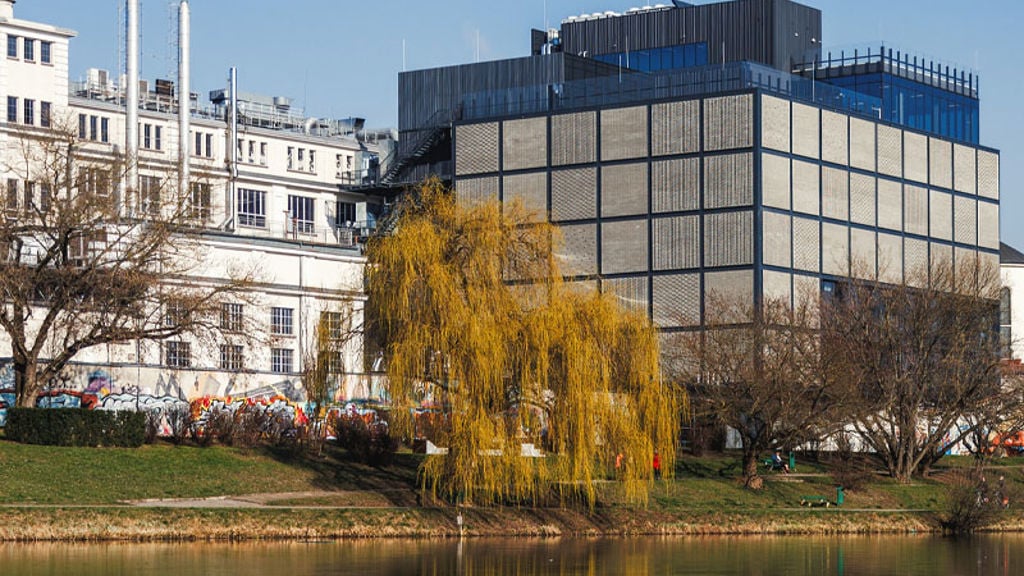Designed to provide an Egyptology centre of excellence for the next 100 years, the Grand Egyptian Museum will occupy a prestigious site on 50ha of land near the pyramids of Giza. Following an international architectural competition, Arup is working on the design of the museum as part of a joint venture, providing structural, civil, façades and geotechnical engineering expertise to take the museum design to the construction information stage.
Arup is providing structural, civil, façades and geotechnical engineering expertise to take the museum design to the construction information stage. The firm is also bringing its traffic and transportation planning, waste management and logistics, and roads and drainage experience to this challenging project. One of the most striking features of the new museum will be a translucent stone wall, 800m long, rising to 40m in places.
Central to our work has been finding ways to fulfill the museum’s complex requirements while maintaining its connection to the iconic landscape it inhabits. The translucent wall is a key part of this, as are less obvious design features: for example, the new ‘conservation and energy centre’ will be largely placed underground, and the large, shaded courtyard connecting the museum and conference centre.







